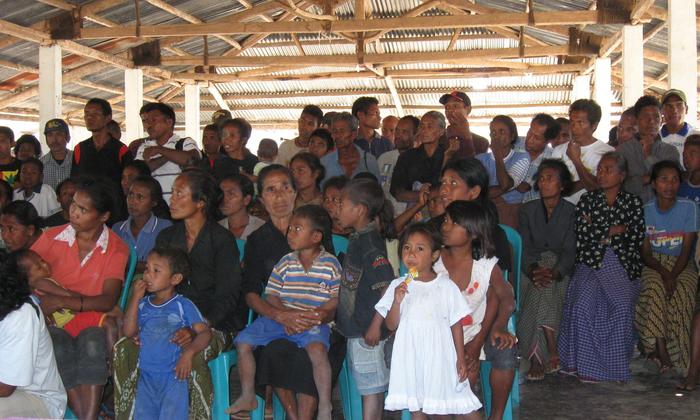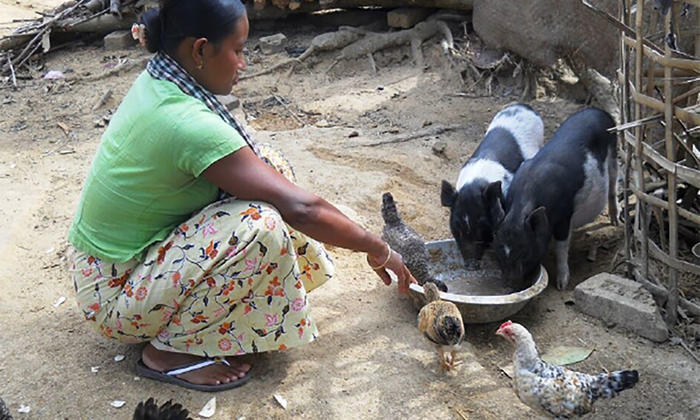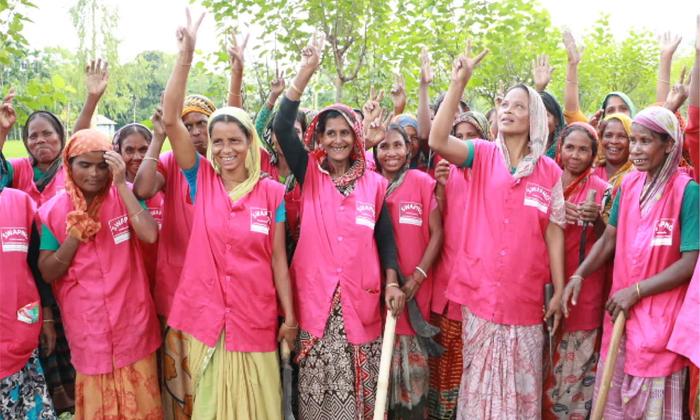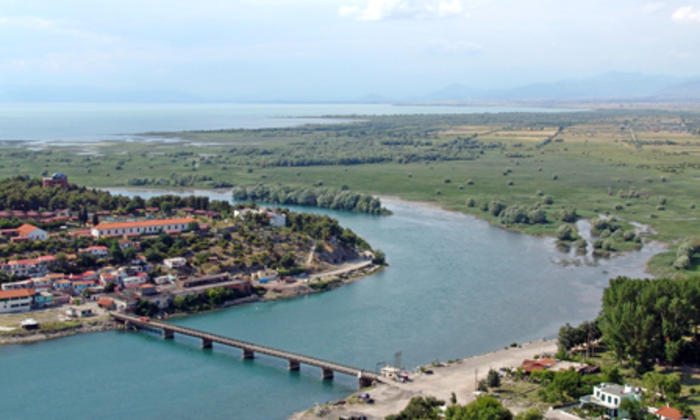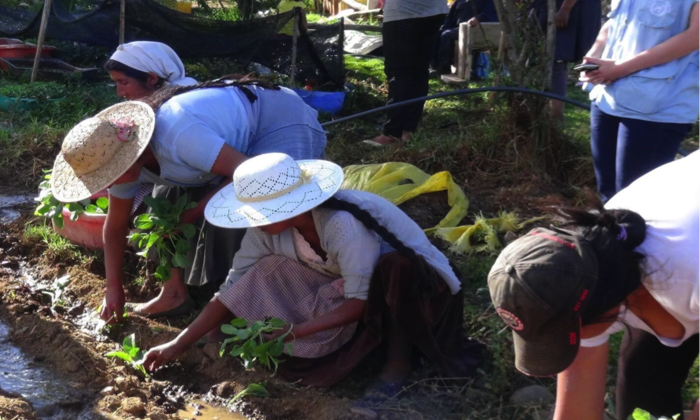Raising awareness on child malnutrition allowed local actors to be involved and generated leadership to address the problem the communities own resources
Case study
Ecuador: Strenghtening Local Food Systems and Capacity Building aimed at Improving the Production and Access to Safe Food for Families
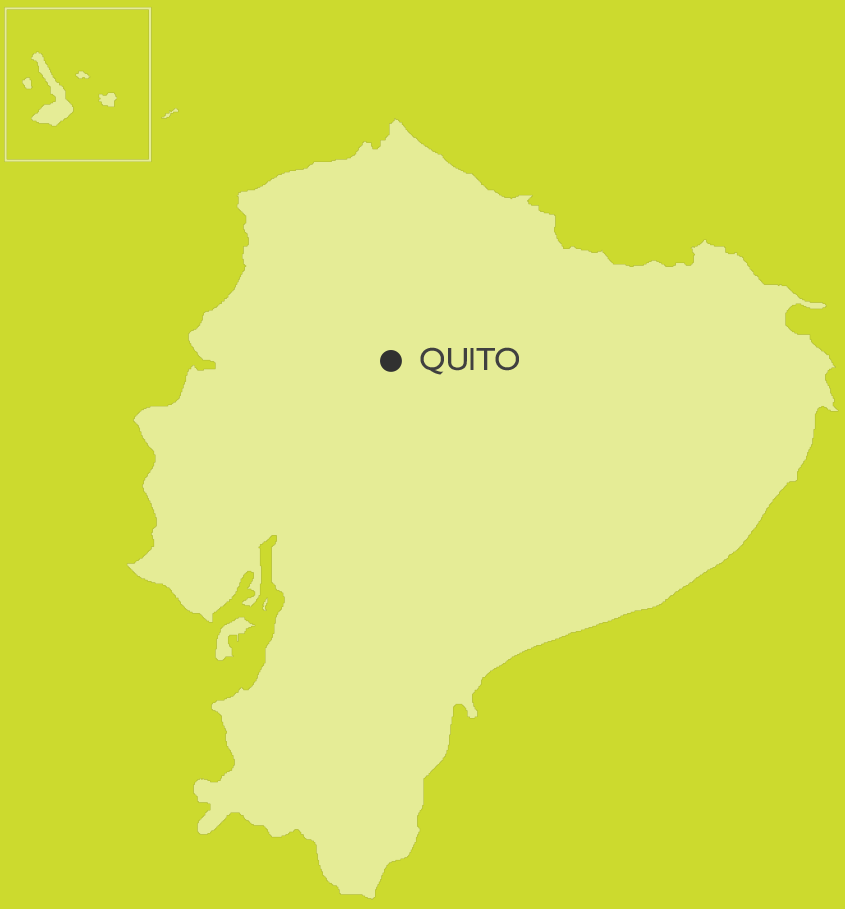
SDGs ADDRESSED
This case study is based on lessons from the joint programme, Strengthening local food systems and capacity building aimed at improving the production and access to safe food for families
Read more
Chapters
Project Partners
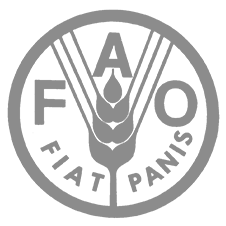
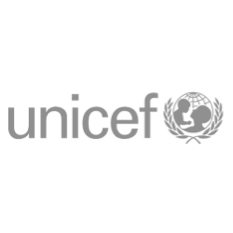
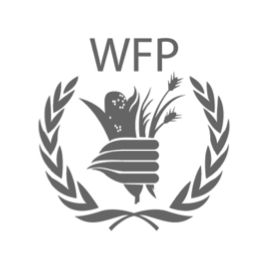
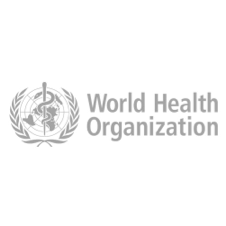
1. SUMMARY
The joint programme aimed to strengthen local food systems, provide better access to safe and nutritious food in the province of Imbabura. The programme's objectives also supported the National Plan for Good Living 2013-2017, which focused on strengthening public policy for local agricultural production.
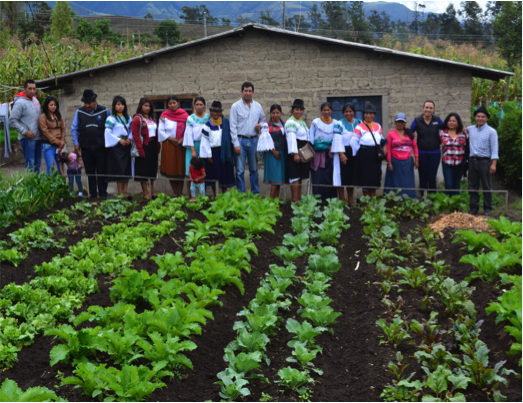
With support from the joint programme, rural families participate in training on implementation of agrodiversity plots to improve food and nutrition security
2. THE SITUATION
Under Ecuador’s National Plan for Good Living 2013-2017, strengthening rural production and peasant family agriculture is one of the priorities for promoting agricultural diversification and food security. However, a lack of training on production and commercialization for small producers, along with limited access to markets, created challenges for achieving this plan. Rural Ecuadorians face complex health challenges, particularly regarding nutritional health. The most vulnerable groups do not have a sufficiently diverse diet. Feeding and nutrition of children depends on family resources and on food services from government social programs. Impoverished families lack knowledge on the best ways to use the available food.
Imbabura is one provinces with the greatest potential for production of quinoa and lupine, which are Andean crops with high nutritional value that can diversify production systems. Imbabura has a prevalence of chronic malnutrition that ranges from 30 to 39 % in children under 5 years of age. This percentage rises in rural areas due to lack of access to basic services such as clean water, sanitation, decent housing, nutritious foods and access to nutritional information.
3. STRATEGY
The strategy was aligned with the National Plan for Good Living 2013-2017, which aimed to establish social and sustainable economic systems. Given the importance of quinoa and lupine crops to rural livelihoods and the lack of diversified productive systems, the programme focused on alleviating poverty undernutrition and malnutrition in the areas of Ibarra, Cotacachi and Pimampiro (Imbabura). The programme encouraged families to increase production of quinoa and lupine crops. Through an integrated approach that included improving public policies, the programme focused on local capacity building, best practices for sustainable management, trainings on production practices and improvement families’ nutrition.
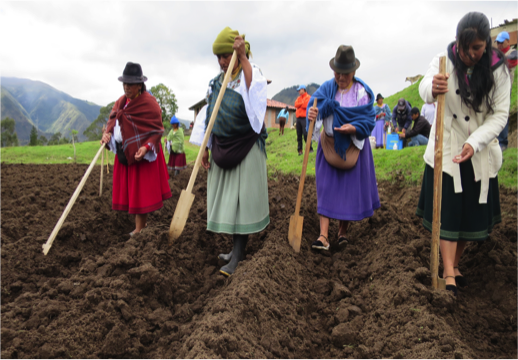
Women producers participate in trainig to diversify and improve production yields of quinoa and lupine crops
4. RESULTS AND IMPACT
The joint programme focused on improving health and nutrition of rural families through implementation of agrodiversity plots and education on food and nutrition security. In total, 716 families (including 518 families with children under 5, and 198 families with pregnant women and children under 1) benefited from the “agro-diverse plots” initiative (parcelas agrodiversas). This included training on integrated sustainable water and soil management practices to promote climate change adaptation.
The programme supported 118 small producers in the cultivation of chocho (lupinus mutabilis) and diversification of their production (this crop had previously only been grown at subsistence levels), sowing 122 hectares of chocho over two cycles. Despite extreme weather conditions (droughts and floods), yields reached 25 quintals/hectare in 2016. In the case of quinoa, the programme supported 112 small-scale producers to sow 481 hectares. Training was also provided in post-harvest handling and some 4,300 quintals of quinoa per year were harvested and processed in the Granos Andinos plant from 150 producers. Threshing machines were provided, helping improve yields and the quality of seeds.
More than 500 children under 5 were identified as malnutritioned. The programme worked with 483 families to diversify and improve their food consumption through agrodiverse plots. Results showed that 60.1% of the families diversified their diets, including consumption of fruits and vegetables. Initially, food consumption was mainly based on cereal, rice and other starches, along with sugar. The programme helped reduce consumption of these food groups while increasing consumption of fruits, vegetables and legumes. Nutrition trainings were provided to 341 families with expectant mothers and newborn children, who participated in the “1,000 days” initiative to prevent childhood malnutrition and strengthen local food systems through diet diversification and access to safe and nutritious food.
The programme helped associations of small-scale producers of quinoa and chocho gain access to markets and trade fairs. Three associations comprised of 233 producers benefited from purchasing contracts connected to the “1,000 days” initiative, providing baskets of local produce to expectant mothers and those with children under 2. To receive assistance, mothers and babies attend monthly check-ups at local health centers.
In addition, 12 associations of rural producers (at least 40 % of them include a woman in their board of directors) received training in accounting and tax management. Seven policy dialogues were held to coordinate and develop inter-institutional measures to respond to food security, and health and nutritional needs of children and mothers. In addition, 30 % of participating families improved their perceptions of gender equality in production, health, food and nutrition security. Two gender-sensitive trainings were provided to strengthen capacity and establish equitable strategies in which men and women could assume equal roles and responsibilities.

5. CHALLENGES
In the programme’s first months, the lack of knowledge on administration, finance and management limited the technical team’s work. Special trainings should be provided in advance to ensure effectiveness of the UN joint efforts.
The joint programme focused on malnutrition by diversifying diets and strengthening knowledge about nutrition practices. However, other factors related to children’s malnutrition—such as drinking water, sanitation and decent housing—should also be included in the strategy.
6. LESSONS LEARNED
- Raising awareness about issues that affect child malnutrition is key for success of this type of joint programme. This sensitization process allowed local actors to be involved, while also generating leadership and responsibilities needed to address the problem with the community's own resources.
- Local governments must direct cross-sector coordination since they lead policy and decide on their communities’ priorities. Local authorities are most familiar with the problem and can engage public and private actors.
- UN agencies funded initiatives related to planting seeds and creating diverse plots, and should strive to ensure participants are able to continue producing after the programme ends. The programme is stronger when its design does not
- depend on a single scenario for results, but foresees several scenarios: various markets for producers, strengthening of rural associations, promotion of new management tools.
- It is important to link small rural producers with the public procurement system (public purchases for the School Feeding Programme, “1,000 days” initiative) to promote alternative marketing channels as well as ensure sustainability of results.
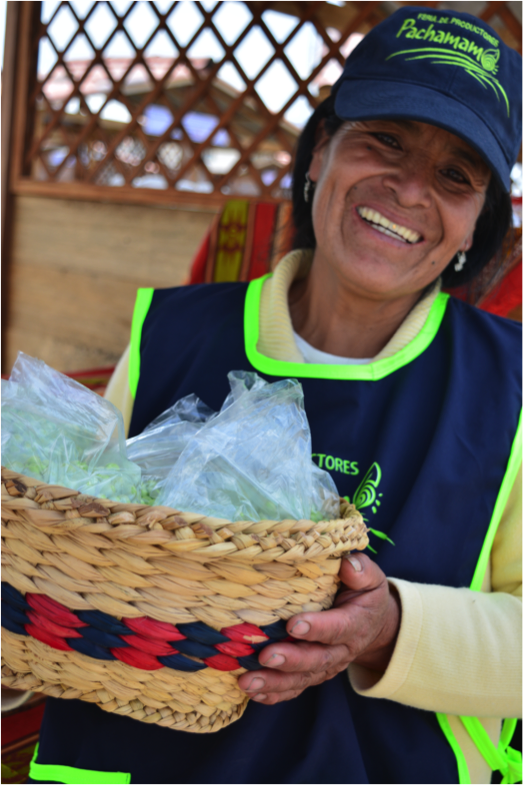
Small farmer who started to supply her produce to local families with children and pregnant women under “1,000 days” initiative
7. SUSTAINABILITY AND POTENTIAL FOR REPLICATION
The joint programme increased community awareness about the impact of malnutrition on the development of their families. Strengthened local technical capacities and more engagement by local institutions contributed to the program’s success. Best practices on improving health and nutrition through sustainable agricultural practices can be replicated in other parts of Ecuador. Agrodiversity plots can include not only the production of quinoa and lupine but other crops as well, making this joint programme replicable in other parts of the world with similar conditions.
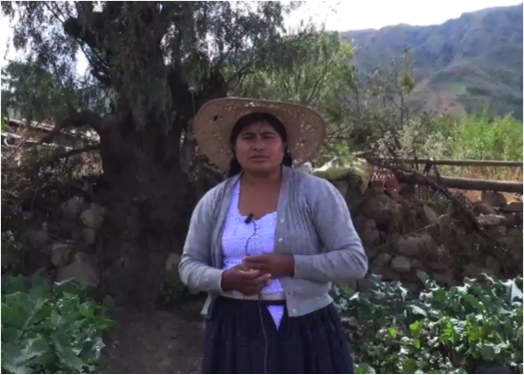
Rosse Mary Andia from Pocona Minicipality, shows established gardens to grow local cabbages, beetroots, broccoli and spinach

